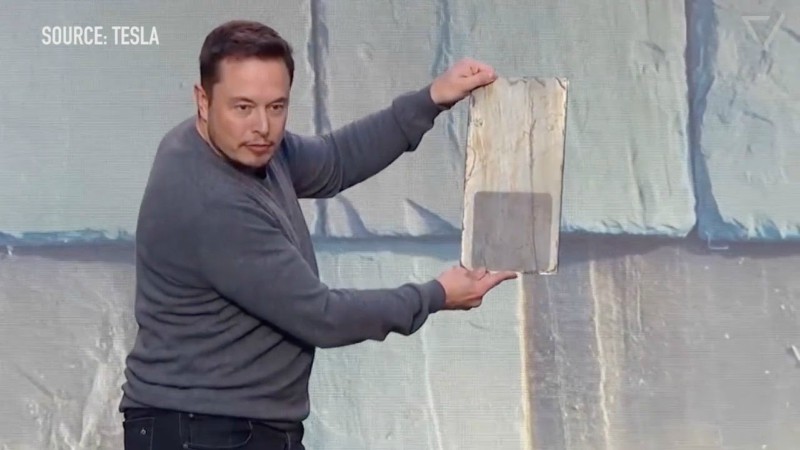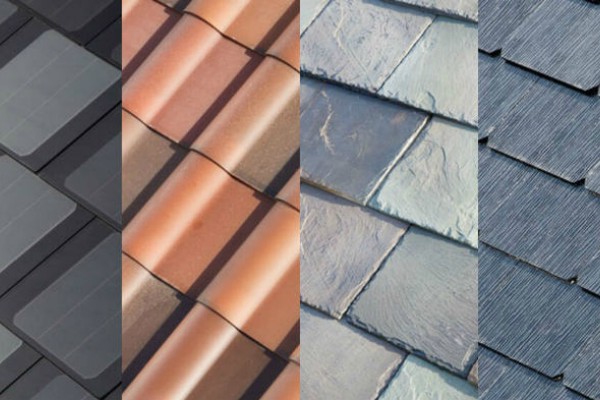
Since the last few years, rapid developments is taking place in the Energy sector worldwide.Now, after almost a decade is over which was dedicated to the research on Solar Energy, today it is bringing fruitful results.
There are different technologies being used to shape the future of Solar power like bio-solar cells, converting solar energy into electricity, reshaping solar spectrum to turn light into electricity, Water Nest 100, floating panels, floating solar farms, transmitting solar power wirelessly from space, solar energy harvesting trees, squeezing more out of the sun, concentrated PV cells.
Three years ago, BlueScope unveiled its “world’s first” solar roof with heat and powers. BlueScope head of coating product development, Dr Troy Coyle, told Renew Economy in 2012 that innovation in designs, and incorporating energy production was a key part of the future market. “That is where the roofing industry is heading,” she said.
It is known that Tesla, a company which originated with the idea of Nikola Tesla, a futurist himself (said to b the originator of smartphones in 1901) launched the Tesla Roadster, the first electric sports car, in 2008. Since then, it had no looking back from launching Model X to Model and now breathtaking beautifully designed Solar tiles!

This photo provided by Tesla shows a detail of Tesla’s new terracotta solar roof tiles.
Here’s the basic idea about Tesla’s solar roof tiles. Instead of using ugly solar panel units on top of your roof to generate power, why not make the entire surface of your roof generate electric power by making each and every roof tile a miniature solar panel. The result would be fully integrated and arguably better looking than a standard roof.
Compared to standard tiles these tiles look better, better insulators, last longer, more durable and cost less when energy savings are factored in. Also, they have invisible solar cells which will last for more than 20 years. They’re designed to have a dual appearance, from the ground they look like normal tiles (opaque) but from the perspective of the sun, they look transparent. They can even keep themselves clean by using heating elements and are much more durable withstanding high force impacts that should at least double the lifespan of the tiles in comparison to the normal roof according to Elon Musk.
If you go to the website, the features of these tiles are as follows:
#1: Three times stronger than standard roofing tiles.
#2: Off-Grid Reliability.
#3: Tile, weatherization, Power warranty.
#4: Smooth and Textured Solar roof tiles are currently available.
The Tesla powerwall2 has 13.5 kilowatt-hours of usable storage which is doubled that the previous version and it has an inbuilt inverter. Musk claims that one can power a four-bedroom house with one of these and if you add in a solar roof you can power the house indefinitely. It can be mounted on the wall or the floor.

Installations have started in the USA, you just need to register or order on the official website of the company.
So, the proposed idea of this new roof tiles and battery is to move a step closer to the seamlessly fully integrated off the grid house and the aim is to make solar attractive, exciting and desirable.
Musk wouldn’t say how many orders the company expects to get this year. He expects the initial ramp-up to be slow.”It will be very difficult and it will take a long time, and there will be some stumbles along the way. But it’s the only sensible vision of the future,” Musk said.
Palo Alto, California-based Tesla Inc. is making the solar tiles at its Fremont, California, factory initially. But eventually, all production will move to a joint Tesla and Panasonic Corp. factory in Buffalo, New York. Panasonic makes the photovoltaic cells used in the solar tiles.
Customers worldwide could order a solar roof on Tesla’s website. Installations will begin next month in the U.S., starting with California. Installations outside the U.S. will begin next year, the company said.Things will get cheaper and viable as time goes on. This is just a start.The company’s mission is to accelerate the world’s transition to sustainable energy.
Talking of India, Tesla Solar tiles are designed and made for an inclined roof with shingles. But Tesla hasn’t yet come up with Solar Tiles for flat roofs. Tesla’s roof tiles and Powerwall storage including inverter combo cost approx. Rs. 2, 00,000 per 1kWp capacity. It’s 200% costly as compared to contemporary thin-film /crystalline solar module setup with lead-acid battery and inverter.
In India, cities are the major power suckers. However, the tragedy is that to accommodate the huge migration of people to cities, high rise apartments have come up in many areas. Honestly, this is not the right time for PV Building Blocks. Basic Solar Module is finding the way right now. Give 2 years of time then it will start picking up in Hilly, Semi-Hilly, North East and Coastal areas. Once the cost can be brought down by the entry of new players.
Personally, I think that there is still time for such technology to enter the Indian market, but with a boost from the government, nothing seems impossible and most importantly the question arises whether the Indian customers are willing to pay or not.





